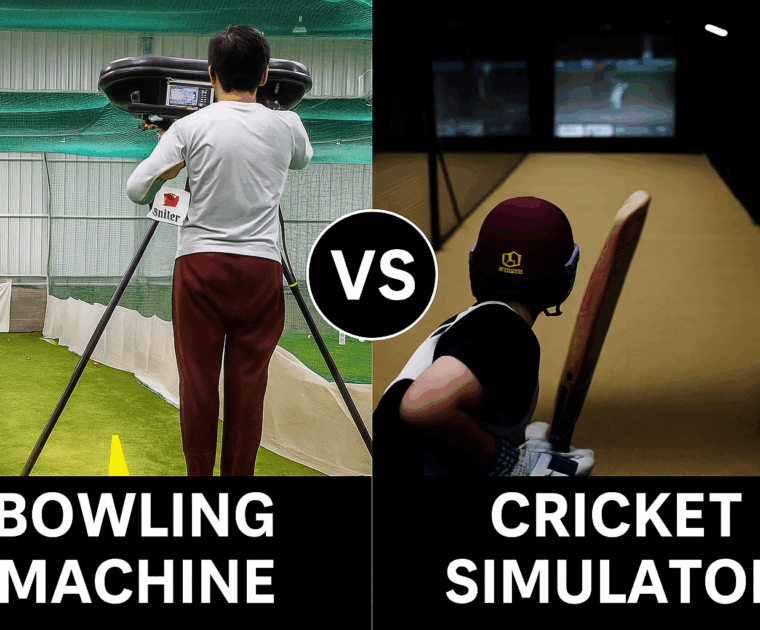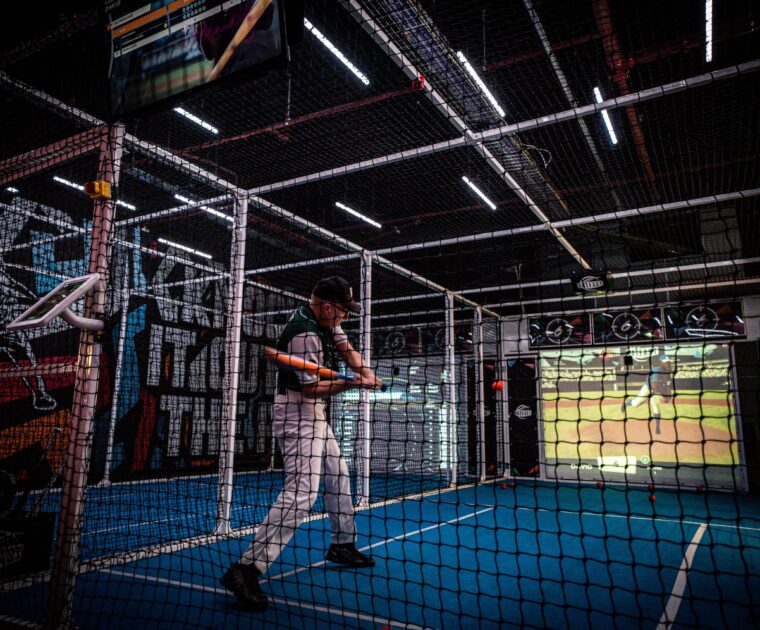5 Baseball Training Mistakes Fixed by Simulators

The primary challenge with current baseball training programs is that players are directed to train harder, not smarter. Traditional nets and batting cages focus on repetition, not improvement. Without data on swing speed, contact timing, or launch angle, progress becomes guesswork and targets are blurred. A baseball simulator changes that by providing instant feedback, helping players correct errors as they train. Read on about the most common mistakes in baseball training and how you can avoid them.
Mistake #1: Training Without Measurable Data
If you can’t measure progress, you can’t improve. Baseball simulators record every metric, from exit velocity to launch angle, and details specific to shot accuracy, turning each hit into actionable data. This makes baseball training scientific and consistent instead of instinctive.
Mistake #2: Ignoring Game-Like Situations
Batting cages are predictable but real games aren’t. Aside from having the pressure of a crowd watching you, be it a professional-level game or an amateur game, the challenges of a real game are very different a regular training session in the nets. Modern baseball simulators consider this key element by recreating in-game scenarios, be it the start of a game with a clear target to achieve or to perform under pressure to win the game. This prepares players mentally and tactically for live competition.

Mistake #3: Overtraining Mechanics, Undertraining Decision-Making
Perfect form doesn’t always equal great performance. Many players obsess over technique but forget that reading the game is just as important. Simulators recreate real-time pitch sequences that mix pace, angle, and movement so players learn to react, not just repeat. It builds hitters who think on their feet, not just swing on autopilot.
Mistake #4: Seasonal Training Gaps
Rain, snow, or dark evenings can all interrupt training rhythm. Weather is a great challenge to sports training around the world. Baseball simulators solve that by creating a controlled, indoor environment for year-round practice. Whether it’s pre-season or mid-winter, players stay consistent and sharp, without losing touch or timing.
Mistake #5: Delayed or No Feedback
Waiting for feedback can stall growth. With Baseballl Simulators, every shot gives instant data and replay analysis, showing exactly where contact or timing went wrong. It’s fast, visual, and keeps improvement continuous; no waiting for the next coaching session. By adding an AI-driven coaching element, Baseball Simulators empower players to take their progress into their own hands at their own pac.e
Why Add Simulators to Your Baseball Training Routine?
Baseball Simulators merge the best of both worlds: real-game feel and modern analytics.
Players stay engaged through gamified targets, while coaches gain clear data to track improvement over time. Explore BatFast Baseball Simulators to see how data, realism, and year-round accessibility can redefine your baseball training journey.
FAQs
1. What is the best way to improve baseball training?
The best way is to combine consistent practice with feedback. Using a baseball simulator gives you instant data and helps refine technique faster.
2. How do baseball simulators help players train smarter?
Simulators recreate real-game pitches, track every swing, and provide video feedback, helping players work on timing, reaction, and accuracy.
3. Can baseball simulators be used for off-season training?
Yes. Since simulators are indoor and weather-proof, they’re ideal for off-season or bad-weather training sessions.
4. Do baseball simulators replace coaches?
Not entirely. They support coaches by giving measurable data and video clips that make coaching sessions more effective and personalized. They also help players measure their progress without having to frequently depend on a coach.
5. Are baseball simulators suitable for beginners?
Absolutely. Simulators let beginners learn at their own pace with adjustable speed and difficulty settings, making training enjoyable and safe.




Leave a Reply
You must be logged in to post a comment.